Harrods moves ahead with SAP
Ongoing IT transformation and standardisation bears business fruits.
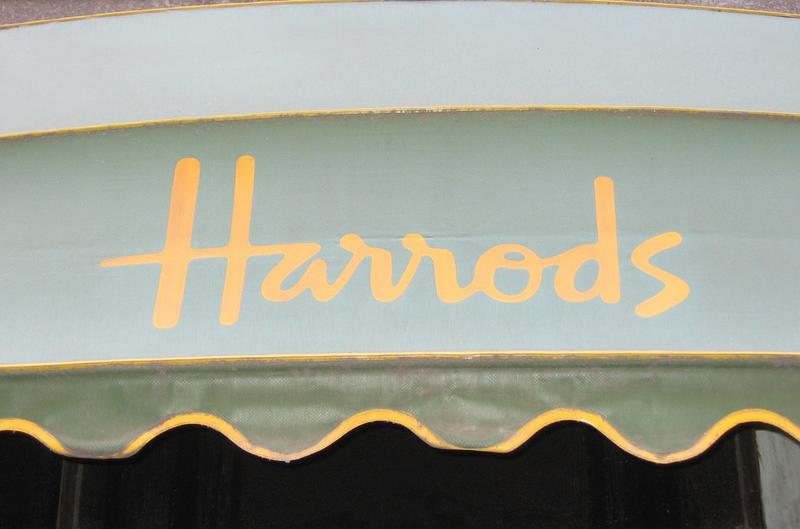

Luxury department store retailer Harrods has completed the final stage of a strategic migration to SAP enterprise resource planning (ERP) 2005.
The migration has enabled the company to standardise and streamline its IT infrastructure, providing the platform for technology to play a greater role in optimising business performance.
Harrods IT director, David Llamas told IT PRO the company is now building on the completion of its migration to SAP version 4.6C, a project which started in 2002 when he first joined the retailer. "At that time we were running version 4.0B and had completed our initial upgrade to 4.6C so that some areas of the business, like general merchandising for instance, were running on SAP," he said.
"But different departments such as furniture, which is often made to order or food and beverage, which has a lot of fast-moving products and so has different KPIs [key performance indicators], each also ran their own legacy systems developed to meet their own specific requirements."
Llamas brought in the requirement to standardise business and data management processes and so move the entire company's operations onto the SAP backbone. "We did the re-engineering of our processes in SAP and standardised them as much as we could, in areas like goods receipt procedure and invoice matching, for example," he said. "Once we had build the core system business model we migrated the rest of the legacy systems onto SAP."
Since completing the migration last October, the company now has a "single version of the truth," according to Llamas, although each department retains the special requirements needed to have meaningful visibility of their sales and product data. Harrods now has one product catalogue to manage its 1.4 million product items or stock keeping units (SKUs), which has helped improved the granularity of reporting.
Shrinkage has been reduced to 0.7 per cent largely due to better tracking of stock from the warehouse to point of sale, while invoice matching referenced by Llamas as manually intensive and with a relatively low success rate, is now 80 per cent with the help of supplier portals and electronic data integration (EDI) with SAP.
Get the ITPro daily newsletter
Sign up today and you will receive a free copy of our Future Focus 2025 report - the leading guidance on AI, cybersecurity and other IT challenges as per 700+ senior executives
"Now we have completed the back office consolidation, IT running costs have dropped to 0.7 per cent of sales - its lowest level since 1999," said Llamas. "The quality of the data has also improved and, from my point of view, that's a prerequisite for data mining and analytics in decision-making processes, or business intelligence (BI)."
The migration has also underpinned major IT infrastructure refresh of its paper-based warehouse systems, electronic point-of-sale (EPOS) systems, data centre and online presence to name just a few areas. Llamas added: "Using EAI [enterprise application integration] tools from Sun [formerly SeeBeyond] we've also been able to integrate new people management systems, including time and attendance - which we didn't have before - as well as HR and payroll."
A 25-year veteran enterprise technology expert, Miya Knights applies her deep understanding of technology gained through her journalism career to both her role as a consultant and as director at Retail Technology Magazine, which she helped shape over the past 17 years. Miya was educated at Oxford University, earning a master’s degree in English.
Her role as a journalist has seen her write for many of the leading technology publishers in the UK such as ITPro, TechWeekEurope, CIO UK, Computer Weekly, and also a number of national newspapers including The Times, Independent, and Financial Times.
-
 Should AI PCs be part of your next hardware refresh?
Should AI PCs be part of your next hardware refresh?AI PCs are fast becoming a business staple and a surefire way to future-proof your business
By Bobby Hellard Published
-
 Westcon-Comstor and Vectra AI launch brace of new channel initiatives
Westcon-Comstor and Vectra AI launch brace of new channel initiativesNews Westcon-Comstor and Vectra AI have announced the launch of two new channel growth initiatives focused on the managed security service provider (MSSP) space and AWS Marketplace.
By Daniel Todd Published
-
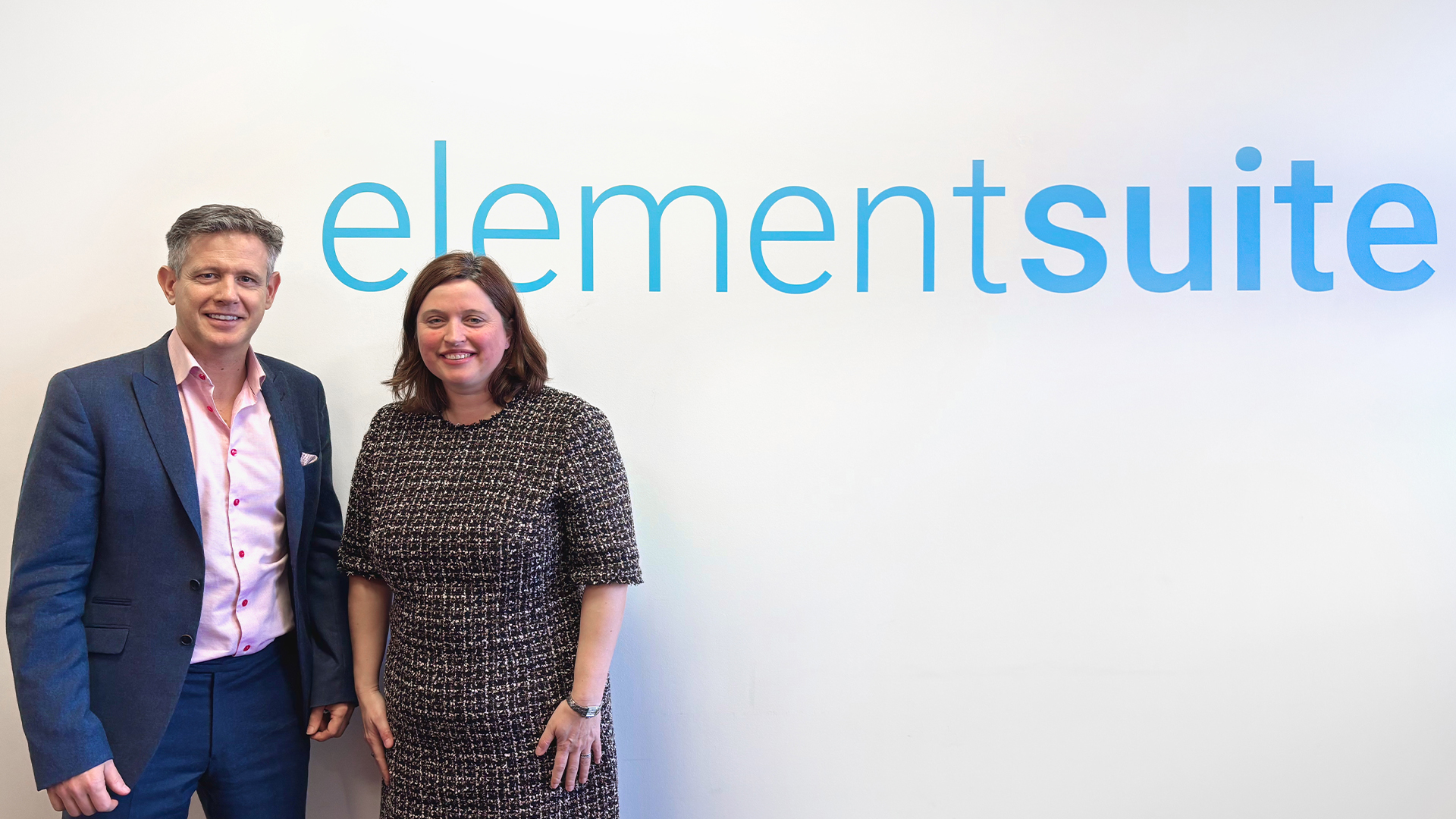 Zellis snaps up AI-powered HR software firm elementsuite
Zellis snaps up AI-powered HR software firm elementsuiteNews Elementsuite will be integrated with Zellis’ own payroll and HR software offering
By Daniel Todd Published
-
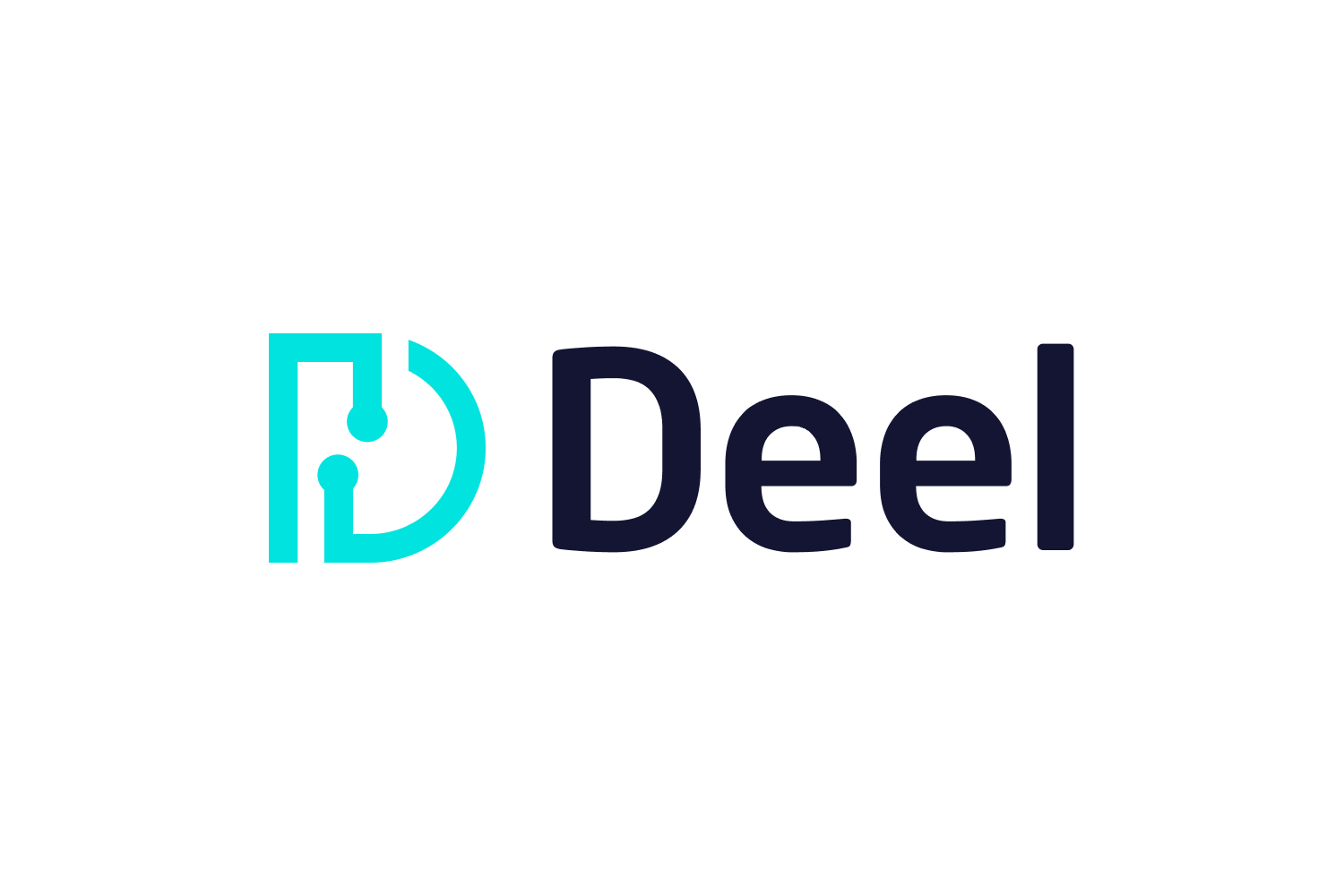 Deel raises $30M in Series B funding round
Deel raises $30M in Series B funding roundNews Deel’s platform enables businesses to legally hire anyone, anywhere
By Sarah Brennan Published
-
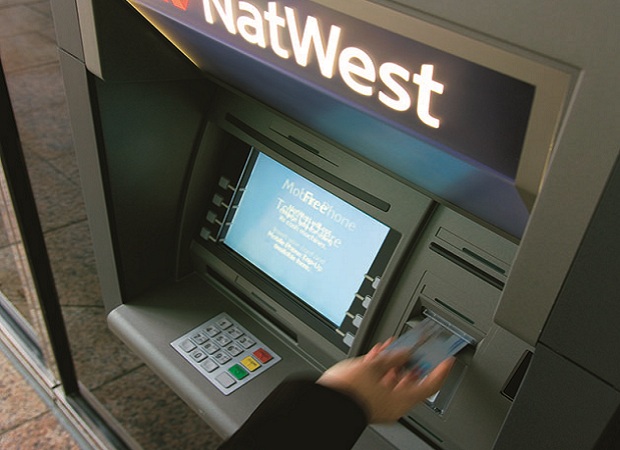 RBS faces FCA investigation over last summer's IT meltdown
RBS faces FCA investigation over last summer's IT meltdownNews Banking group could be hit with a hefty fine as a result of regulator's investigation.
By Caroline Donnelly Published
-
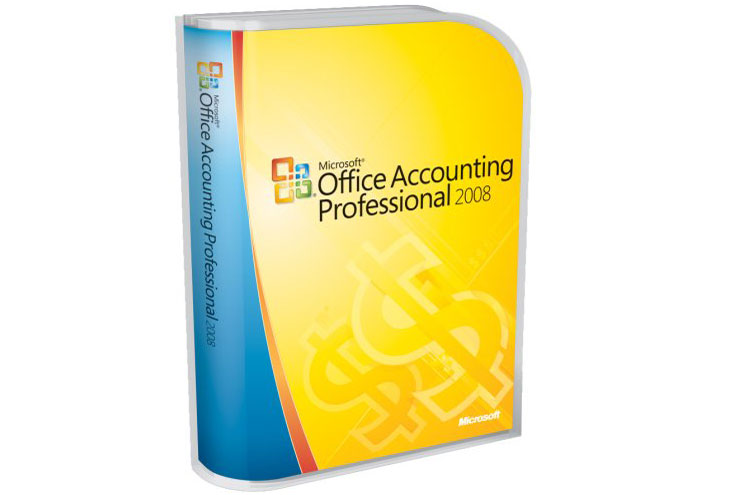 Microsoft discontinues Office Accounting
Microsoft discontinues Office AccountingNews Microsoft will start to close certain features of Office Accounting within six weeks.
By Barry Collins Published
-
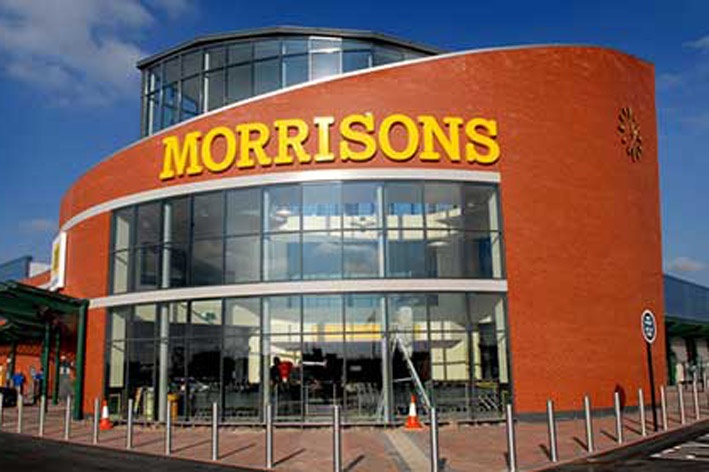 Morrisons to integrate Co-op IT
Morrisons to integrate Co-op ITNews The announcement of Morrisons’ intention to buy 38 Co-op stores has revealed integration opportunities between the two retailers’ Oracle Retail systems.
By Miya Knights Published
-
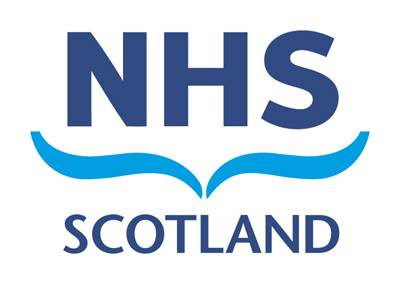 Scottish NHS strikes multi-million pound software deal
Scottish NHS strikes multi-million pound software dealNews As part of a drive to reduce waste in the public services, the Scottish government oversees plans to improve efficiency and reduce costs.
By Asavin Wattanajantra Published
-
 Barbour refreshes workforce IT
Barbour refreshes workforce ITNews The outdoor clothing brand has just signed a five-year deal for new HR, payroll and time and attendance software.
By ITPro Published
-
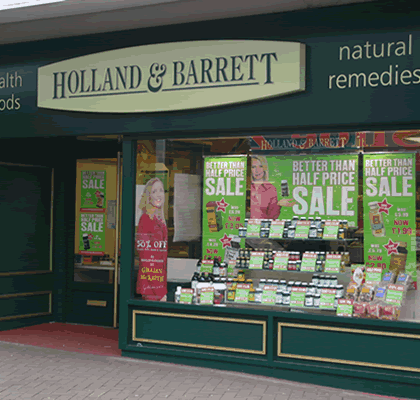 Holland & Barrett updates store IT
Holland & Barrett updates store ITNews Heath food company takes store-based management to task with new web-based retail software.
By Miya Knights Published